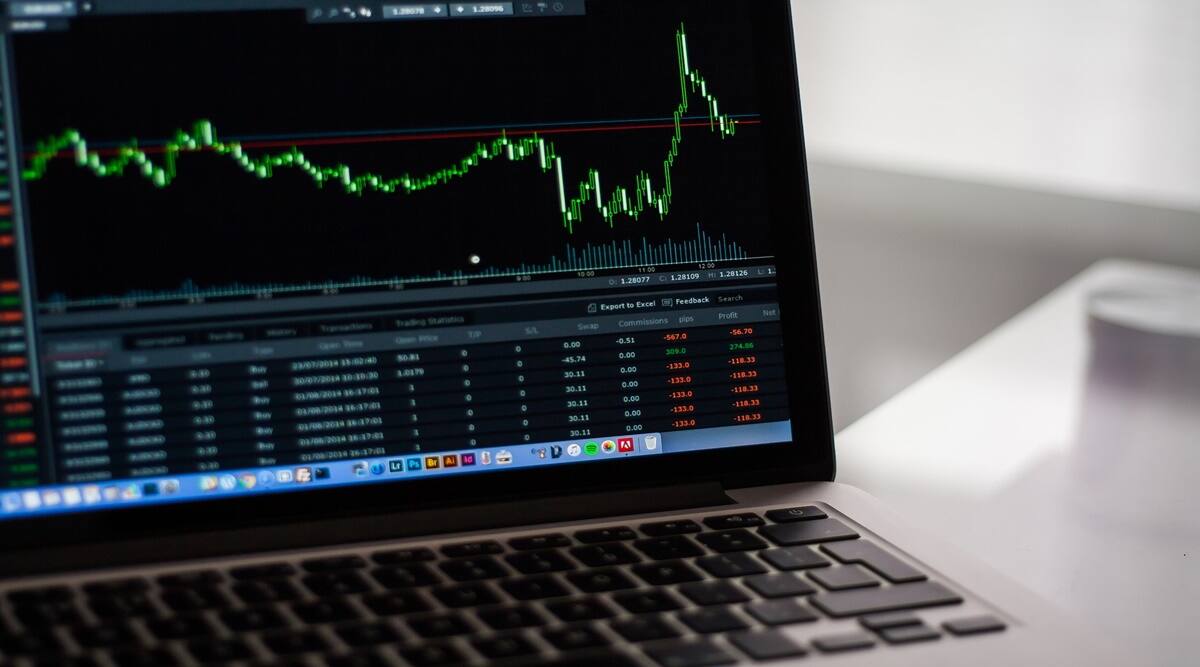By Unmesh Sharma
Global central banks have upped the ante in the fight against inflation. The events in the last six weeks felt like we are all aboard a car moving at peak speed on the highway. Having spotted the exit ramp a split second too late, we all moved, tires screeching, from accommodation towards tightening. The events at the Federal Reserve, ECB, BoJ, BoE and indeed the RBI have been well covered by this publication and others. All central banks are fighting for regaining credibility even as political and CB incentives are now aligned in the fight against inflation.
Indeed, the first level of analysis has been discussed threadbare by analysts and the press. In this environment, there is increased cautiousness around rate sensitives like real estate and to some extent autos. Over-leveraged companies should be avoided while well-capitalised banks, value stocks, brands (with pricing power versus cyclicals) thrive in this environment. This is however to state the obvious.
We think the second order impact of these trends is still under-appreciated. We focus on how we should navigate this. At this time, inflation and rates are top of mind for investors globally. Discussions around recession in the US are gaining significance. However we think the elephant in the room is quantitative tightening (QT). Second, combined with rising rates, QT is bound to accelerate the trend of rising cost of capital and risk spreads. Needless to say, this double whammy, the long end of the duration curve would suffer the most.
For global investors, this would include commodities, emerging market equities and within that specifically the high PE stocks especially without a clear path to profitability. To exemplify this, we do not think the pain in the new-age tech sector has played out yet. The contagion is bound to spread into the private space. At the sector level, we see hints of the tech bust of 2001 or the decimation of real estate stocks in 2008. The strong hands will survive and make a comeback. Once the dust settles, we would see a return of positivity, maybe even froth- but the euphoria (bordering on insanity) of the last 5 years is now definitely behind us. The incredulous looks we used to get when we asked questions around profits and cash flows will be extinct. We will keep a close eye on the second order impact of this in the tech companies’ attrition rates and indeed eventually the relevant high-end consumption including real estate.
How does one navigate this environment? Humility over the pretence of visibility. In a foggy environment, we may not be able to look into the distance, but we can start by knowing where we stand. Despite the most complex of financial models and teams of experts, CBs, economists and indeed investment bankers, have got caught off-guard. We believe in a back-to-basics investment approach to navigate this.
From a macro perspective, we believe we are in a bear market, looking at a recession but not a wide-spread economic and market dislocation. In essence, we do not think the broader economy and markets will react as it did in 2008 / 2020 or for that matter, even the last tech bust of 2001. Within India, we are better placed due to the strength of the economy and government finances and reserves. companies and banks are well capitalised and we gain confidence from a more recent phenomenon- the maturity shown by domestic investors especially through mutual funds. Any popping bubbles and despair are therefore likely to be contained and localised. As is to be expected in this environment, sanity and differentiation are prevailing. As we saw in the recent IPOs, notably Aether Industries, investors are able to identify the nuances to attribute high PEs to profitability and sustainability of delivery.
At the level of the corporate sector (like CBs) are dusting off the manuals to deal with Stagflation, which has returned after decades. While the jury is out, we suspect that the Indian corporate sector has better relevant experience to deal with an inflationary environment.
Overall, we expect to see cuts in projections as the second order impact of inflation and liquidity tightening flows through corporate earnings. Within this, we think ‘active strategies’ will work. Structural themes will prevail- knowledge businesses such as chemicals, Government’s capex push through PLI, Financial inclusion and expansion to be played through insurance and capital markets companies apart from the themes discussed above.
What would be the time to get aggressive again? We expect markets to remain volatile with a negative bias till there is conviction amongst investors that the worst news on Inflation, US Recession and QT are behind us and the end of the tightening cycle is visible. We would keep an eye on this around the end of the calendar year or early next year. Meanwhile, since our core thesis is that this is not a wide spread dislocation despite our expectation of earnings downgrades, we believe the market would start to look attractive when valuations hit one standard deviation below long term averages.
Meanwhile, investors should brace, put their heads down and do some boring old-fashioned work to identify winners. Sustainable cash flows may lose out to fad (such as revenue multiples and hoodies) in the short term, but like the simple white banker’s shirt, they don’t go out of style.
(Unmesh Sharma is the Head of Institutional Equities at HDFC Securities. The views expressed in the article are of the author and do not reflect the official position or policy of FinancialExpress.com.)

Leave a Reply